Home>Technology>Smart Home Devices>How To Tell If A Printer Is Inkjet
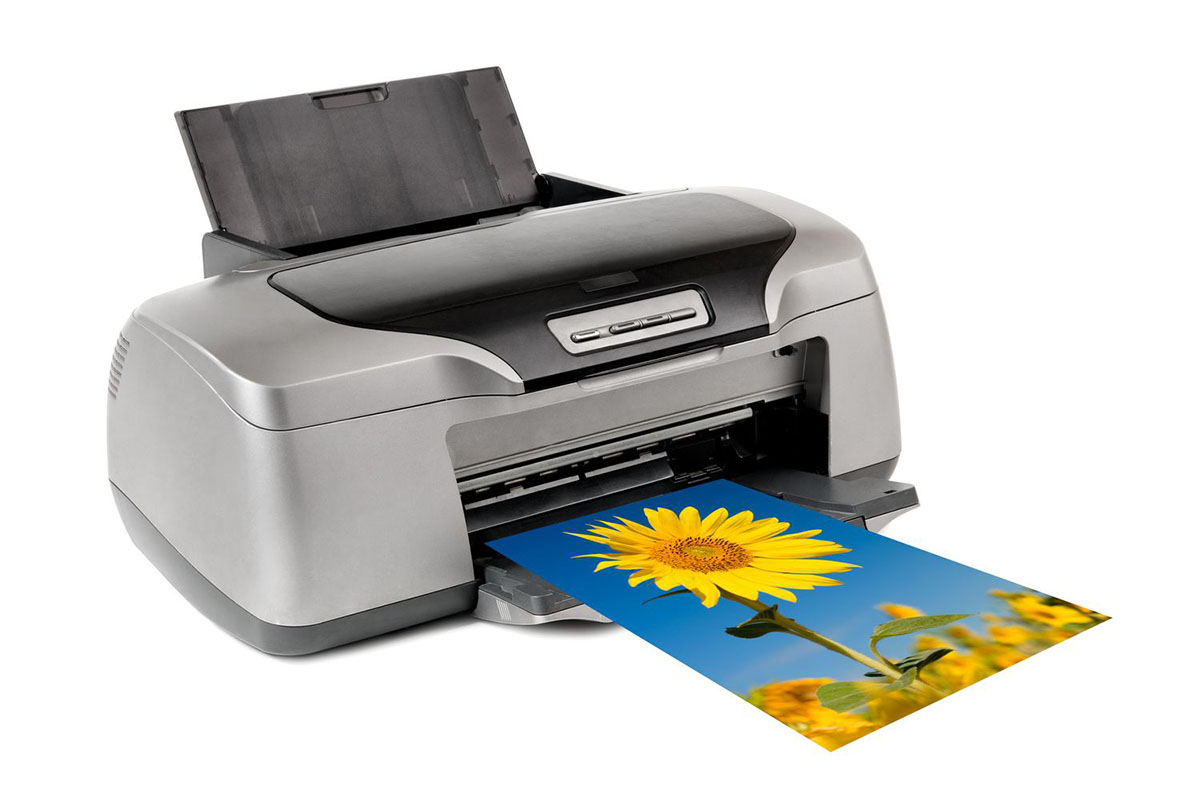

Smart Home Devices
How To Tell If A Printer Is Inkjet
Modified: February 18, 2024
Learn how to determine if a printer is inkjet and explore the latest smart home devices for efficient printing. Compare options and make an informed decision.
(Many of the links in this article redirect to a specific reviewed product. Your purchase of these products through affiliate links helps to generate commission for Storables.com, at no extra cost. Learn more)
Introduction
Printers are indispensable devices in homes and offices, making it possible to transform digital content into tangible, hard-copy documents. Among the various types of printers available, inkjet printers stand out as a popular choice for both personal and professional use. Understanding the key characteristics of inkjet printers can help users make informed decisions when purchasing a new printer or troubleshooting issues with an existing one.
In this comprehensive guide, we will delve into the physical characteristics of inkjet printers, the printing process, ink cartridges, and print quality. By the end of this article, you will have a clear understanding of what sets inkjet printers apart and how to determine if a printer is indeed an inkjet model. Whether you are a seasoned professional or a novice user, this knowledge will empower you to make the most of your printing experience. Let's embark on this insightful journey into the world of inkjet printers.
Key Takeaways:
- Inkjet printers are compact, quiet, and versatile, making them perfect for home and office use. They produce high-quality prints with vibrant colors and exceptional detail, ideal for a wide range of printing needs.
- The printing process of inkjet printers is sophisticated and precise, resulting in stunning photo prints and sharp text documents. With different ink cartridge options, users can tailor their printing experience to their specific needs, whether it’s cost-effectiveness, color accuracy, or high-volume printing.
Read more: What Is An Inkjet Printer
Physical Characteristics of Inkjet Printers
Inkjet printers are typically compact and lightweight, making them suitable for both home and office environments. Their sleek and space-efficient designs allow them to seamlessly integrate into various settings without occupying excessive desk or counter space. These printers often feature a simple and user-friendly interface, including control buttons and display panels for convenient operation.
One of the distinguishing physical characteristics of inkjet printers is their paper handling capabilities. Most inkjet printers are equipped with versatile paper trays that can accommodate various paper sizes and types, including standard letter-size paper, envelopes, and photo paper. Additionally, many inkjet printers offer automatic duplex printing functionality, enabling users to effortlessly print on both sides of the paper, thus reducing paper consumption and minimizing environmental impact.
Furthermore, inkjet printers are known for their quiet operation, which is particularly advantageous in shared workspaces or home environments where noise levels must be kept to a minimum. The absence of loud mechanical noises during printing contributes to a peaceful and undisturbed work environment, enhancing overall user experience.
Overall, the physical characteristics of inkjet printers emphasize their practicality, versatility, and user-centric design, making them a preferred choice for individuals and businesses seeking reliable and efficient printing solutions.
Printing Process
The printing process of an inkjet printer involves a meticulously orchestrated sequence of events that culminates in the precise deposition of ink onto the printing medium. This process begins with the electronic transmission of the digital document to the printer, where the data is interpreted and translated into a series of commands that govern the movement of the print head and the release of ink droplets.
Central to the printing process is the print head, a crucial component responsible for dispensing ink onto the paper. Inkjet printers utilize either thermal or piezoelectric technology to propel minuscule droplets of ink onto the paper, resulting in the formation of text, graphics, or images. In thermal inkjet printers, the ink is heated, causing it to expand and be expelled through the print head nozzles onto the paper. Conversely, piezoelectric inkjet printers rely on the deformation of piezoelectric materials to expel ink droplets onto the paper.
As the print head traverses the paper, it meticulously deposits the ink in precise locations, forming the desired content with exceptional accuracy. The coordinated movement and ink ejection mechanisms ensure that the ink is distributed evenly, resulting in high-quality prints with sharp details and vibrant colors.
Moreover, the printing process of an inkjet printer is characterized by its ability to produce stunning photo prints with remarkable clarity and color accuracy. This makes inkjet printers an ideal choice for photography enthusiasts and professionals seeking to reproduce their digital images with exceptional fidelity and detail.
Overall, the printing process of an inkjet printer is a sophisticated and meticulously orchestrated operation that seamlessly transforms digital content into tangible, high-quality prints, catering to a diverse range of printing needs with precision and finesse.
Look for the type of ink cartridges the printer uses. Inkjet printers use liquid ink cartridges, while laser printers use toner cartridges.
Ink Cartridges
Ink cartridges are integral components of inkjet printers, housing the liquid ink required for the printing process. These cartridges come in various configurations, including individual color cartridges and combined color cartridges, each offering unique advantages in terms of cost-effectiveness and printing flexibility.
Individual color cartridges, commonly found in modern inkjet printers, contain separate reservoirs for each primary color—cyan, magenta, yellow—as well as black ink. This design allows users to replace only the depleted color, minimizing ink wastage and reducing long-term printing costs. Additionally, individual color cartridges enable precise color management and ensure consistent print quality, making them ideal for users with specific color requirements, such as graphic designers and photographers.
On the other hand, combined color cartridges integrate multiple colors into a single unit, requiring users to replace the entire cartridge when one color runs out. While this configuration may be less cost-effective and flexible than individual color cartridges, it simplifies the cartridge replacement process and is suitable for users with general printing needs who prioritize convenience and simplicity.
Furthermore, ink cartridges are available in standard and high-capacity variants, catering to different printing volumes and user preferences. High-capacity cartridges, also known as XL or XXL cartridges, contain a larger volume of ink and are designed to accommodate high-volume printing, reducing the frequency of cartridge replacements and optimizing printing efficiency.
It is important to note that the quality and composition of the ink within the cartridges significantly impact the print output. High-quality ink formulations ensure vibrant colors, sharp text, and long-lasting prints, making it essential to select genuine, manufacturer-recommended cartridges to achieve optimal printing results and preserve the longevity of the printer.
Ultimately, ink cartridges play a pivotal role in the performance and output quality of inkjet printers, offering users a range of options to tailor their printing experience to their specific needs and preferences.
Print Quality
The print quality of inkjet printers is a defining characteristic that sets them apart as versatile and high-performance printing devices. Inkjet technology excels in producing sharp, detailed prints with vibrant colors, making it well-suited for a wide range of applications, including text documents, graphics, and photographs.
One of the key factors contributing to the exceptional print quality of inkjet printers is their ability to achieve high resolutions, measured in dots per inch (DPI). Higher DPI values result in finer details and smoother color transitions, yielding prints with remarkable clarity and precision. This capability is particularly advantageous for tasks that demand precise and intricate visuals, such as graphic design, photo printing, and professional presentations.
Moreover, inkjet printers are renowned for their ability to faithfully reproduce a diverse spectrum of colors, delivering rich and vibrant hues that accurately reflect the original digital content. This color accuracy is essential for applications where maintaining the integrity of the original colors is paramount, such as in artistic prints, marketing materials, and product imagery.
Furthermore, the versatility of inkjet printers extends to their compatibility with various types of printing media, including glossy photo paper, matte paper, envelopes, and labels. This adaptability allows users to achieve optimal print quality across a wide array of print jobs, ensuring consistent results regardless of the printing substrate.
Additionally, the ink formulations used in inkjet printers are engineered to produce prints with excellent longevity and resistance to fading, ensuring that documents and photographs maintain their visual appeal over time. This durability is particularly valuable for archival purposes, ensuring that important documents and cherished memories remain vivid and intact for years to come.
Ultimately, the exceptional print quality of inkjet printers, characterized by high resolutions, vibrant colors, media versatility, and long-lasting output, positions them as reliable and versatile printing solutions for a diverse range of personal and professional printing needs.
Read more: How To Know If Printer Is Inkjet
Conclusion
As we conclude our exploration of inkjet printers, it becomes evident that these devices embody a harmonious blend of practicality, performance, and versatility. The physical characteristics of inkjet printers, characterized by their compact designs, versatile paper handling, and quiet operation, underscore their suitability for diverse printing environments, from home offices to professional workspaces.
The intricate printing process of inkjet printers, facilitated by advanced print head technology, culminates in high-quality prints with exceptional detail, vibrant colors, and impressive longevity. This print quality, coupled with the printers’ compatibility with various printing media, positions inkjet printers as reliable tools for producing a wide array of documents, graphics, and photographs.
Furthermore, the flexibility offered by different ink cartridge configurations empowers users to tailor their printing experience to their specific needs, whether prioritizing cost-effectiveness, color accuracy, or high-volume printing. This adaptability, combined with the printers’ ability to faithfully reproduce a diverse range of colors, makes inkjet printers valuable assets for individuals and businesses alike.
In essence, inkjet printers stand as testament to the innovation and precision that define modern printing technology. Their seamless integration of form and function, coupled with their exceptional print quality and user-centric design, solidifies their status as indispensable tools for bringing digital content to life in tangible, vivid prints.
Whether embarking on a creative endeavor, sharing important information, or preserving cherished memories, inkjet printers offer a reliable means of translating digital concepts into striking, enduring physical representations. As technology continues to evolve, inkjet printers remain steadfast in their commitment to delivering exceptional print quality, versatility, and user satisfaction, making them a valuable asset in the modern landscape of printing solutions.
Frequently Asked Questions about How To Tell If A Printer Is Inkjet
Was this page helpful?
At Storables.com, we guarantee accurate and reliable information. Our content, validated by Expert Board Contributors, is crafted following stringent Editorial Policies. We're committed to providing you with well-researched, expert-backed insights for all your informational needs.
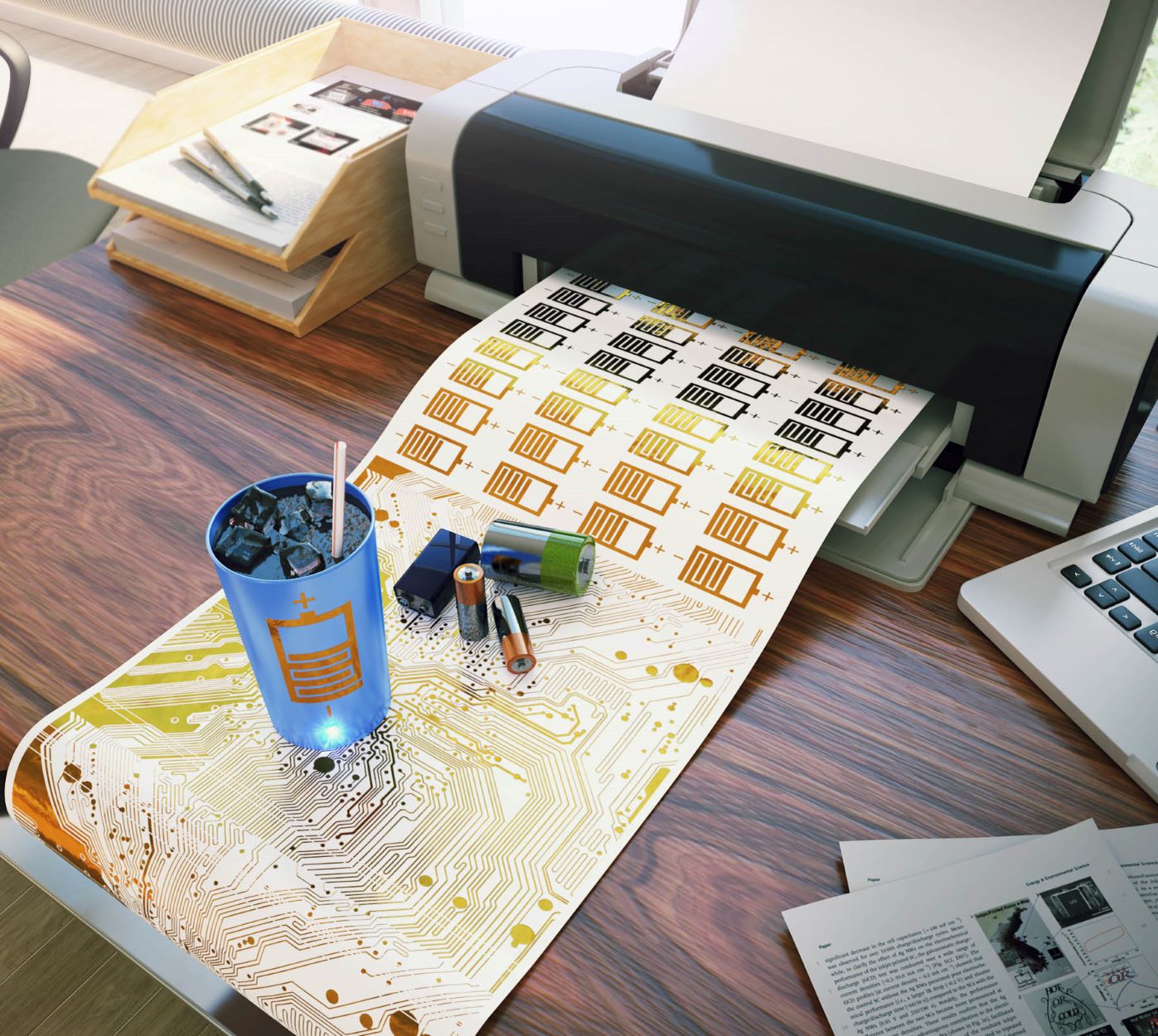
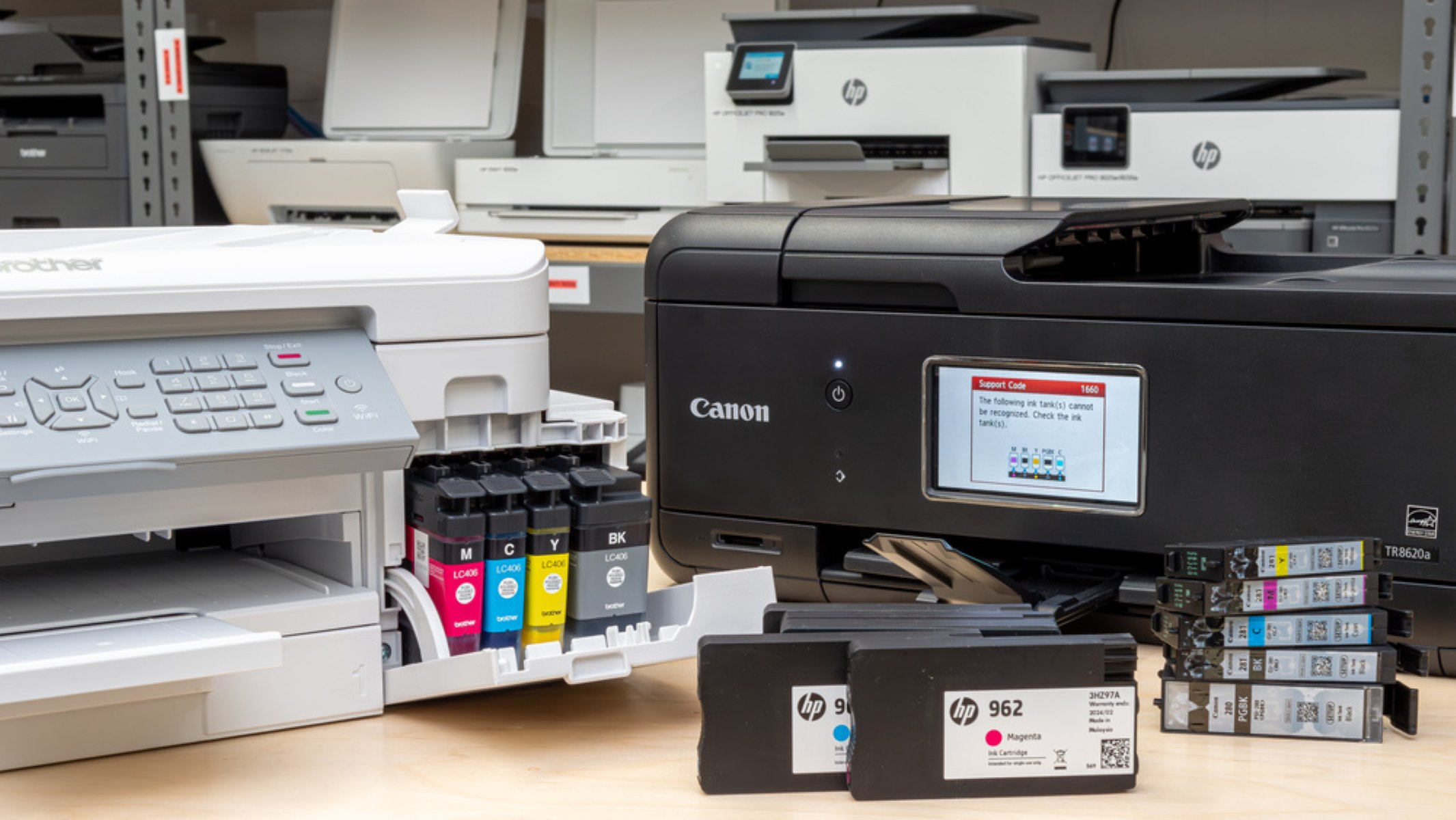

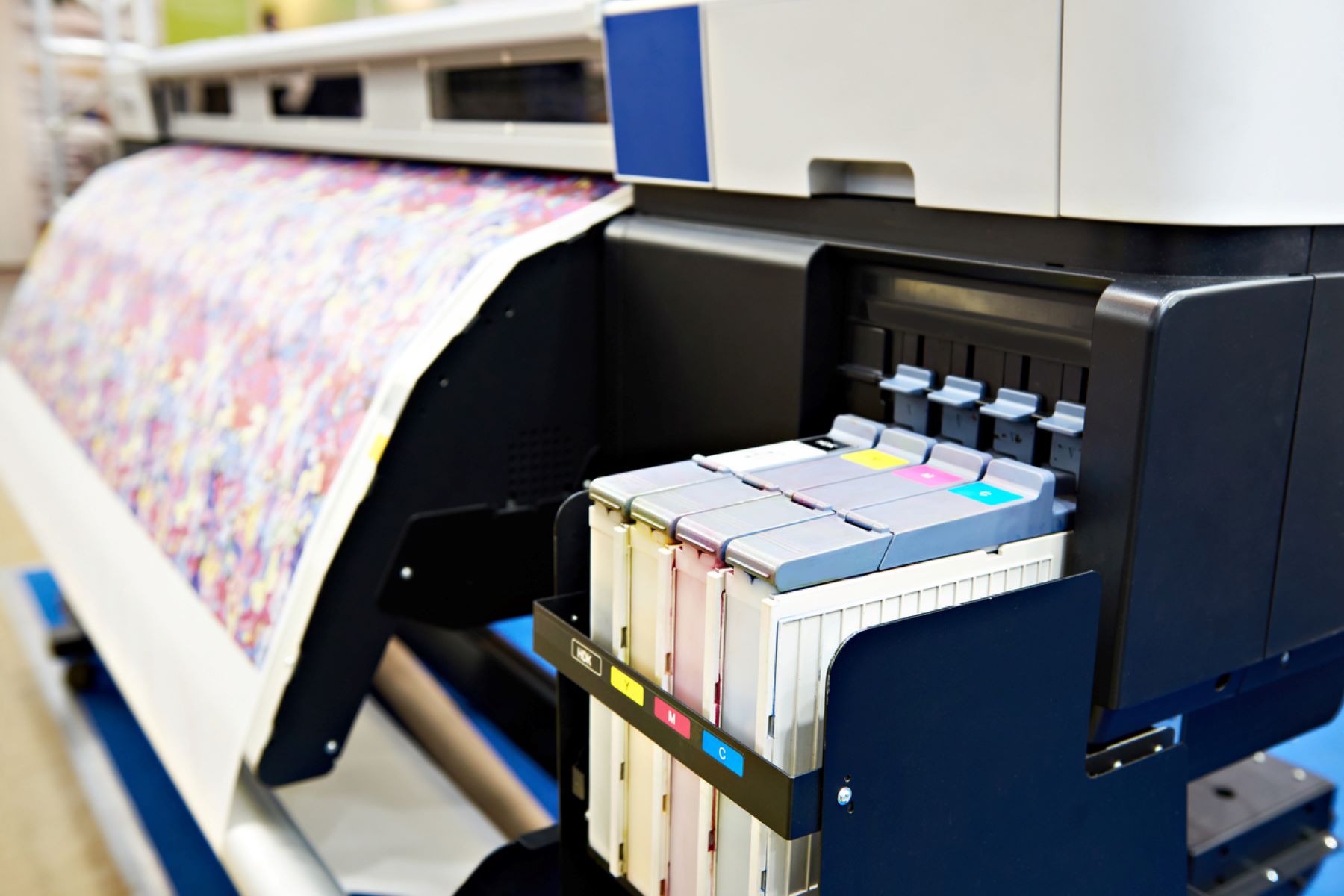
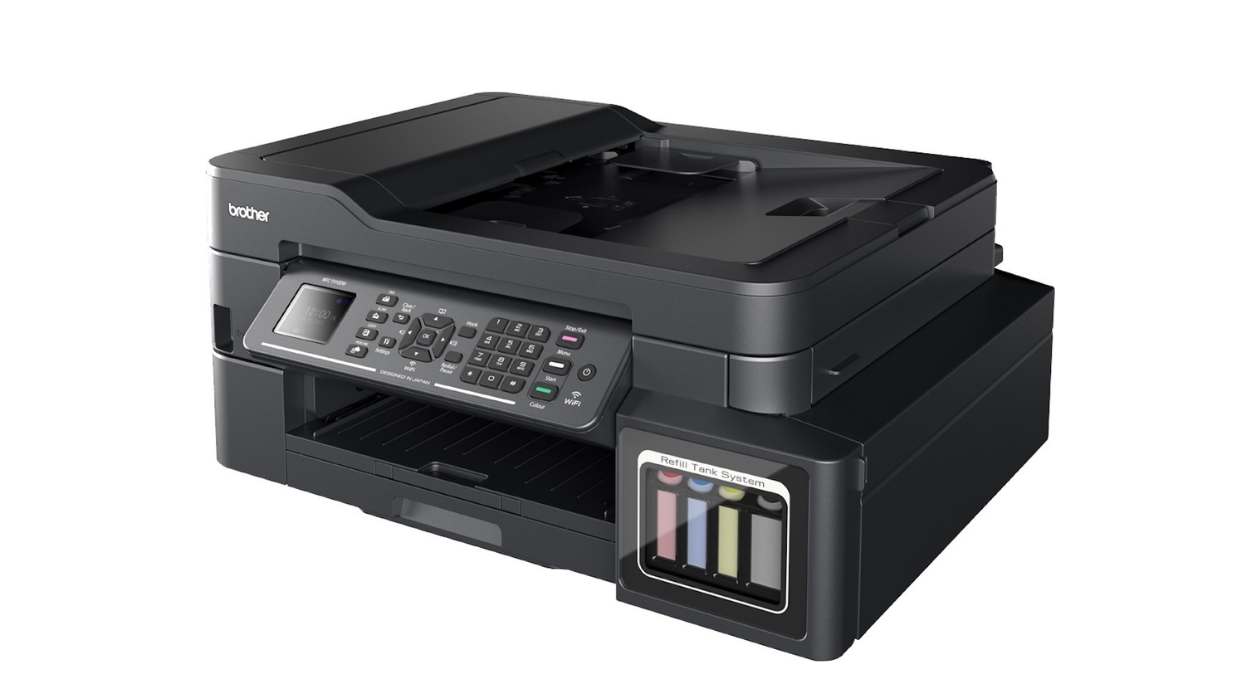
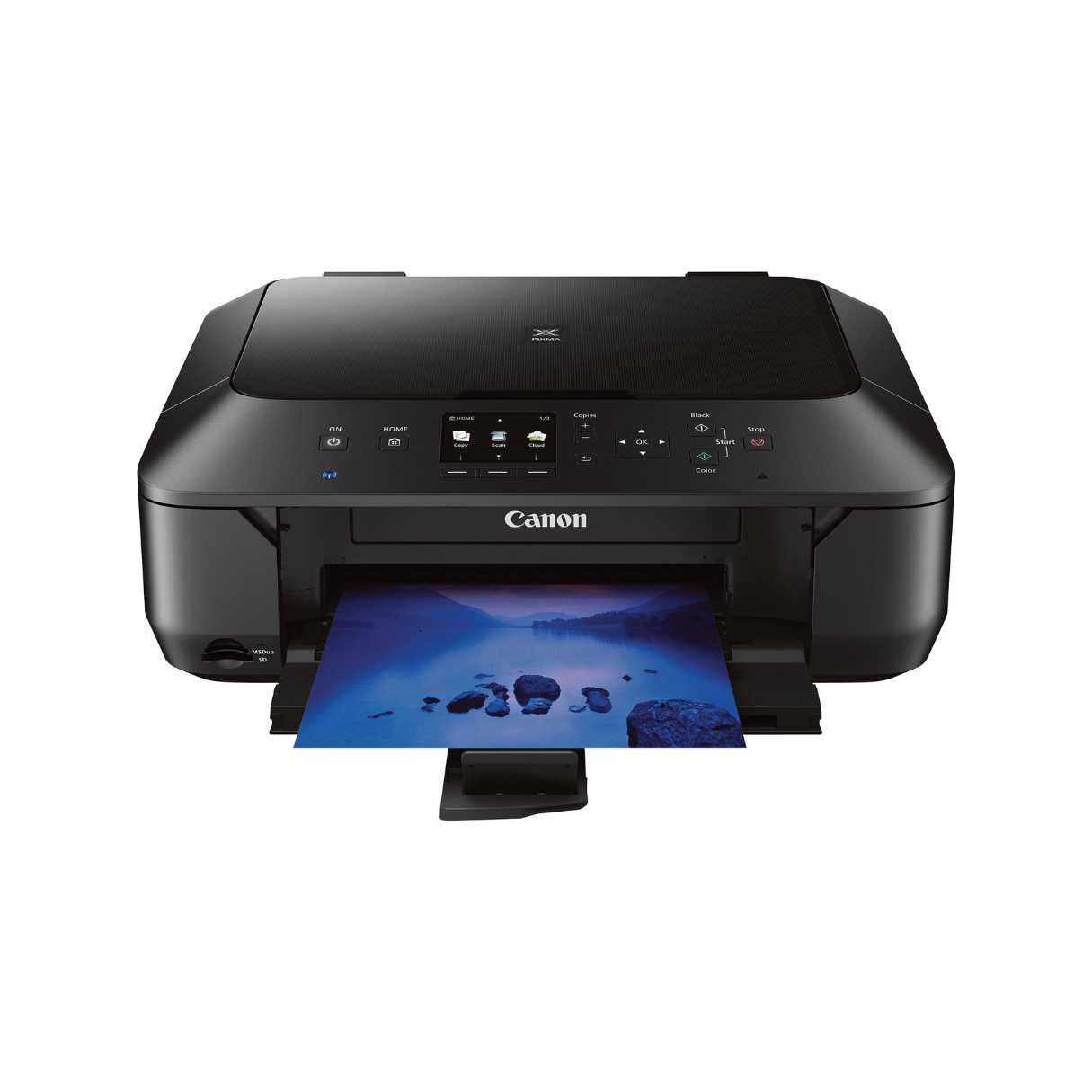
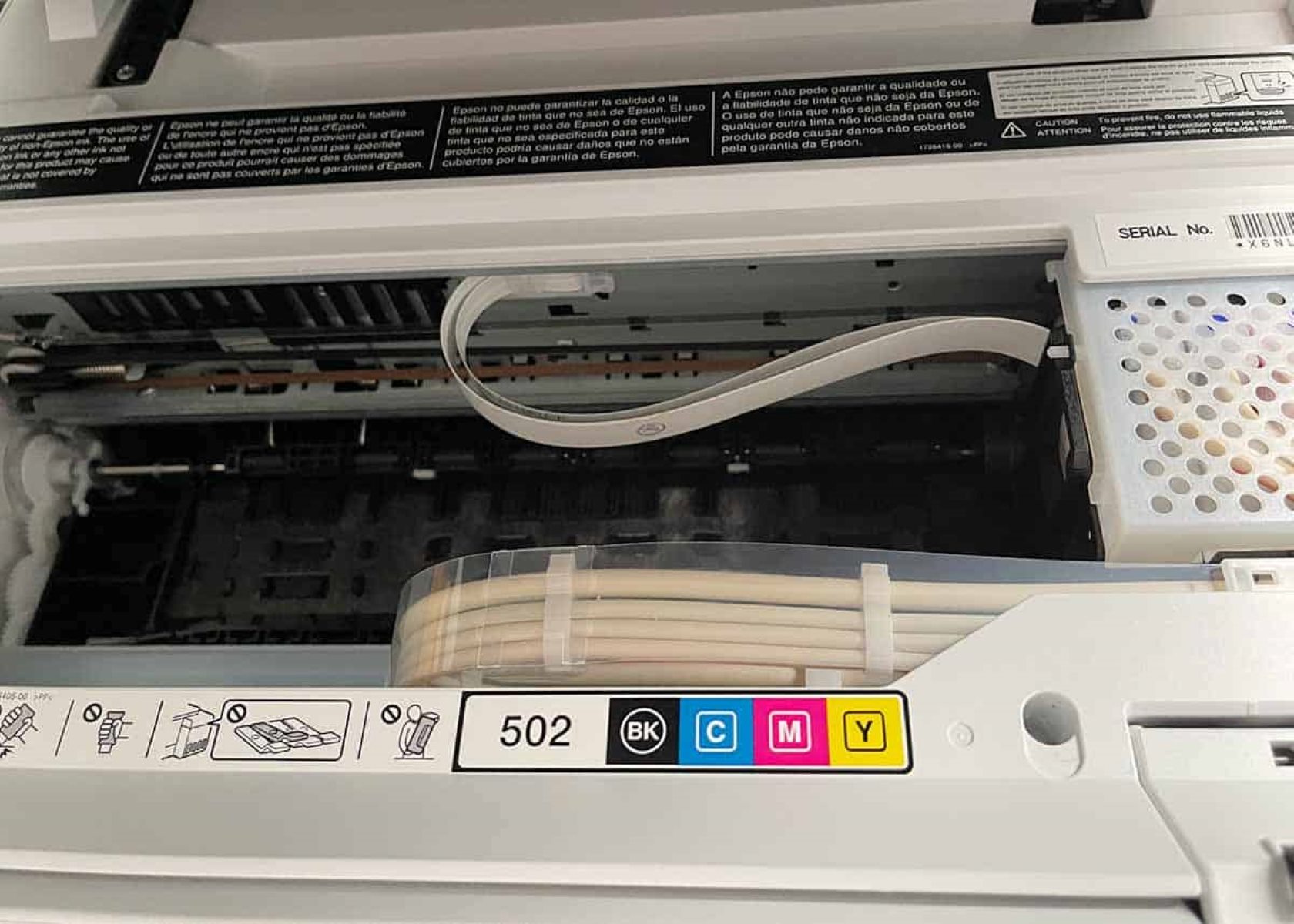
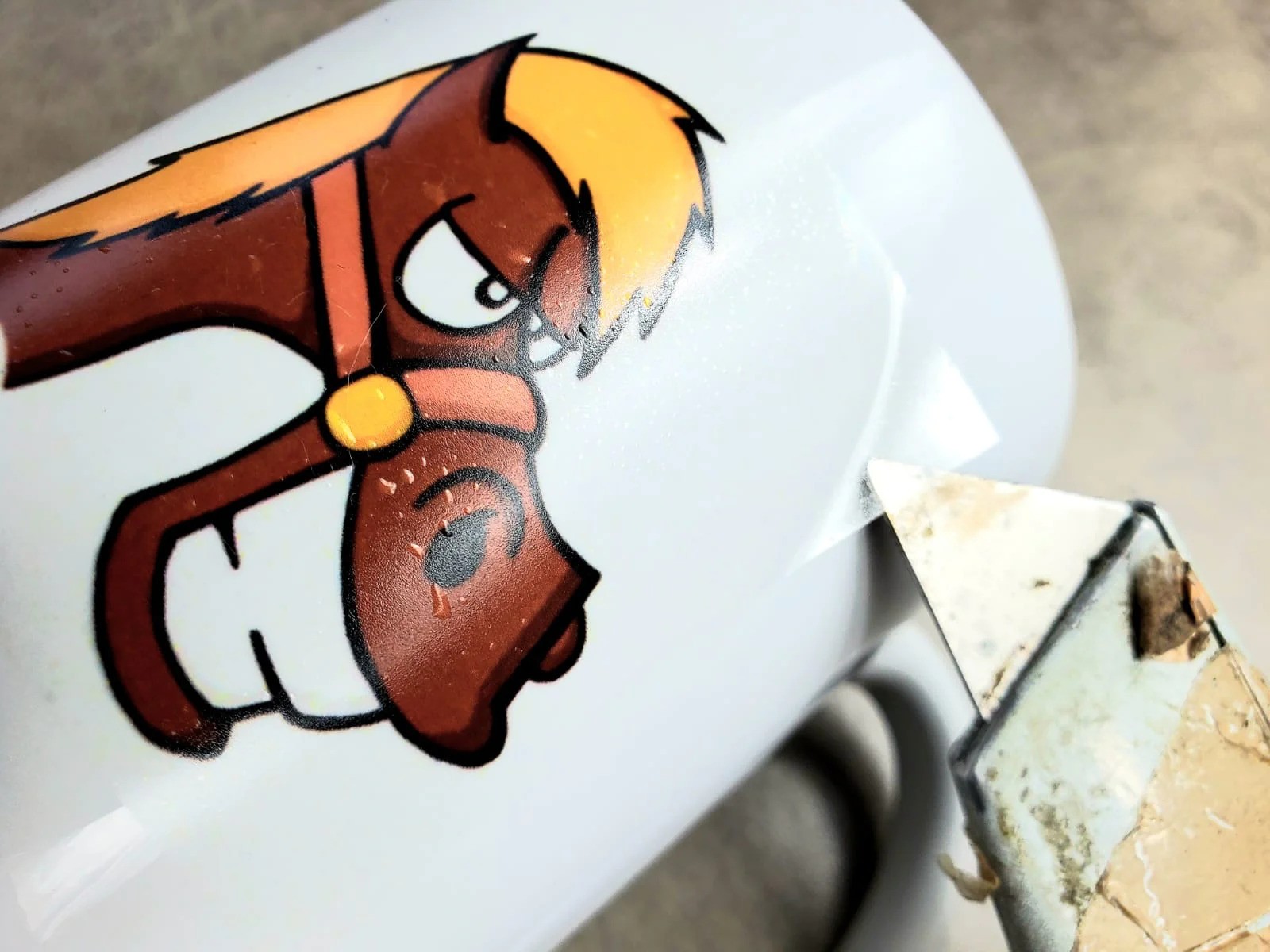
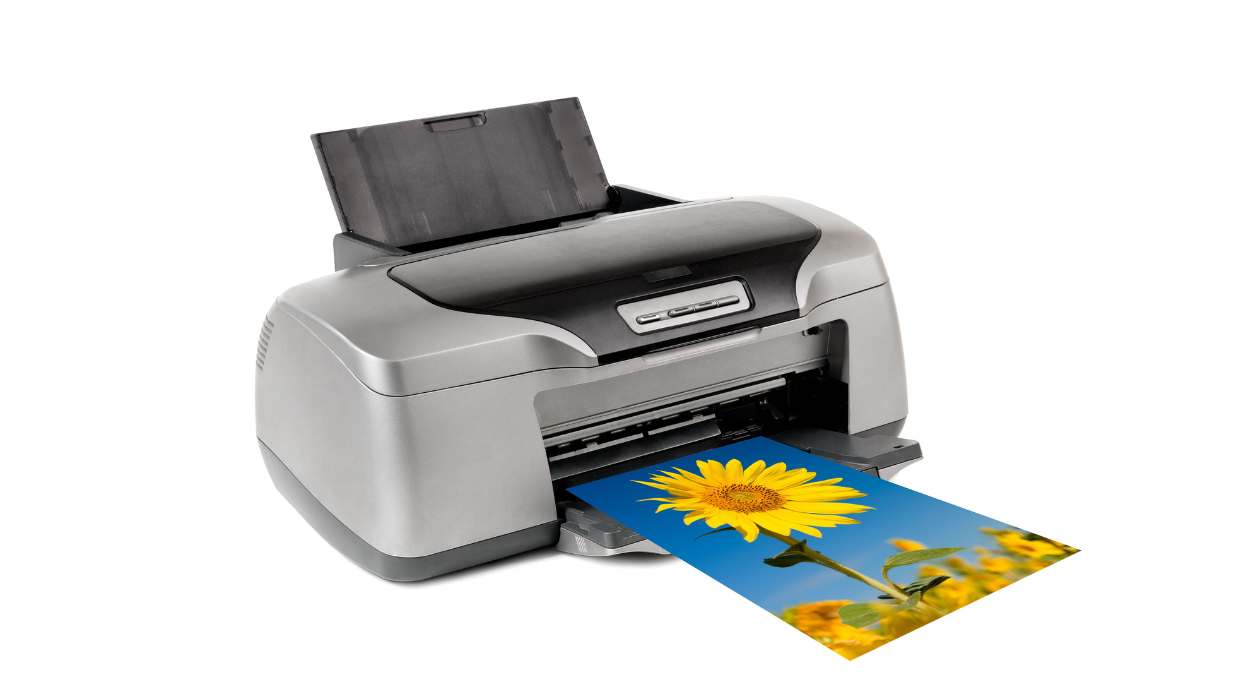
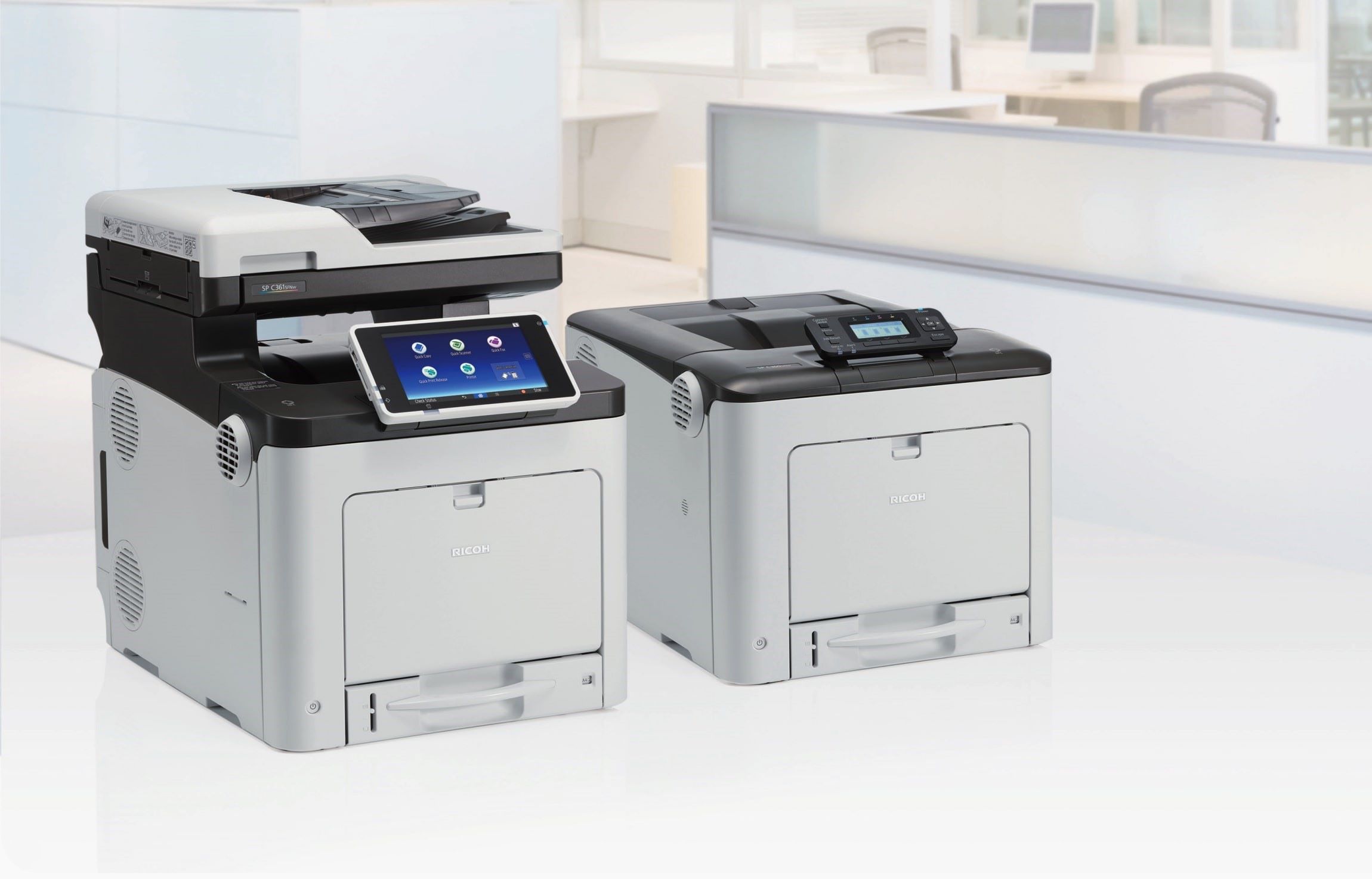
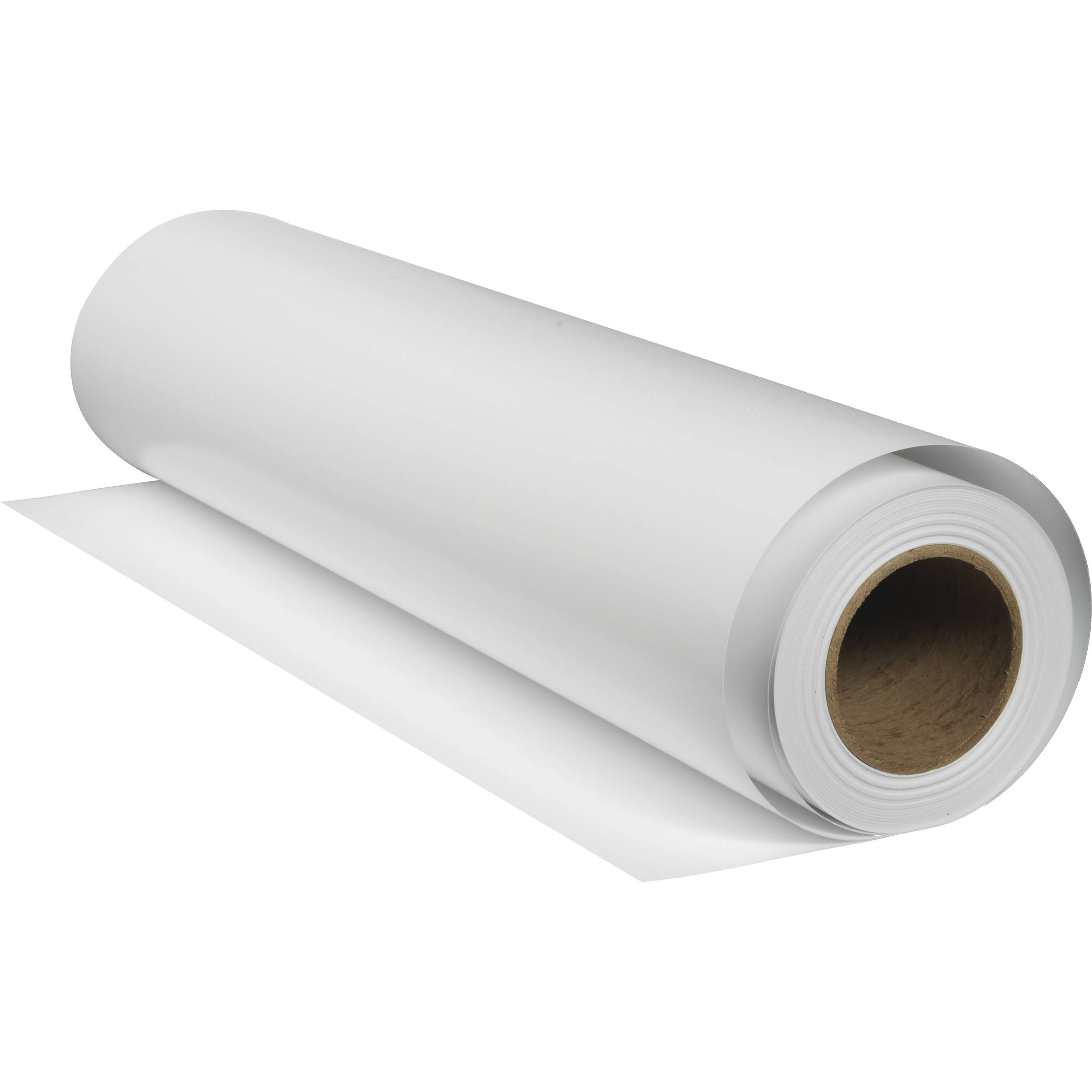
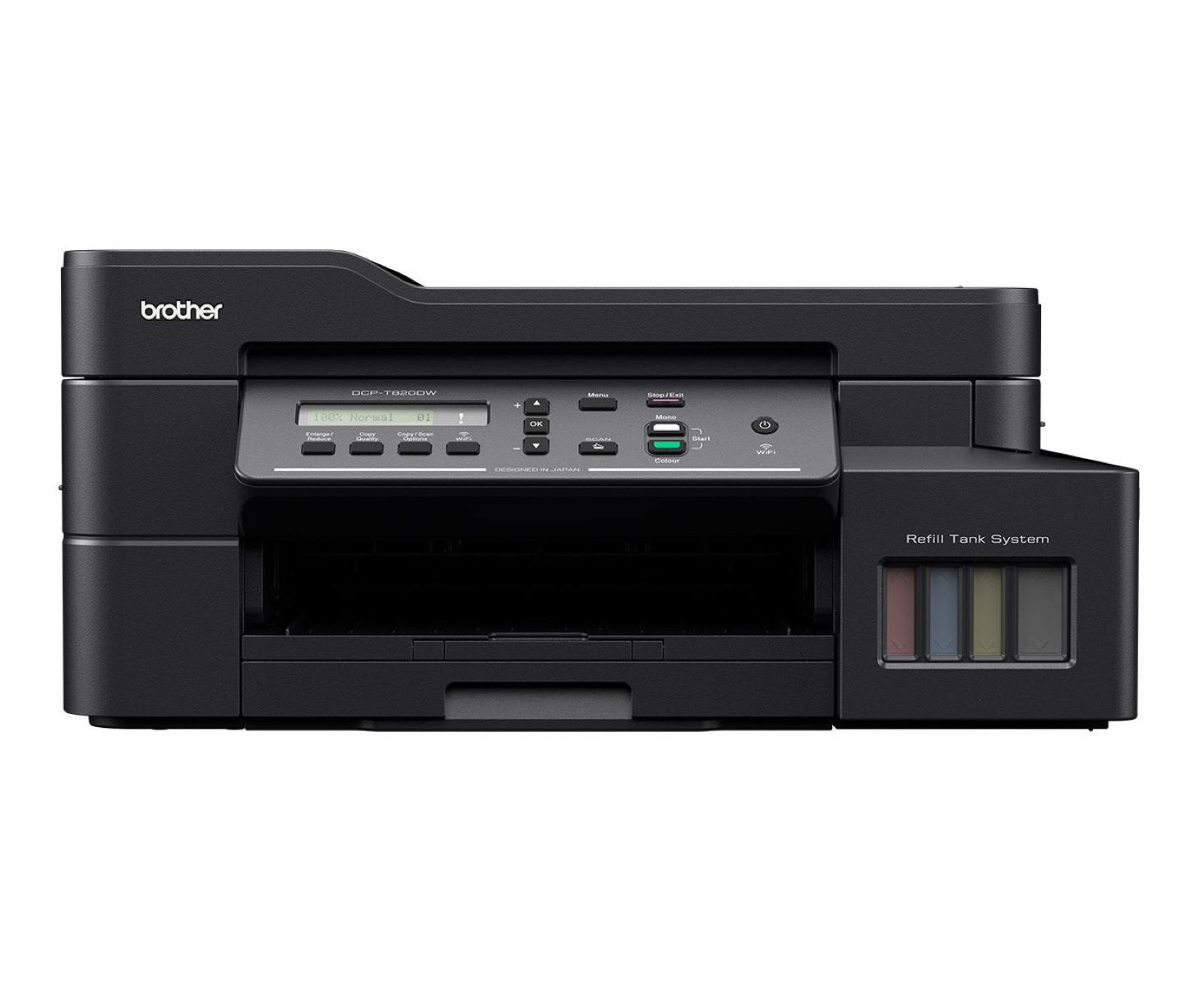

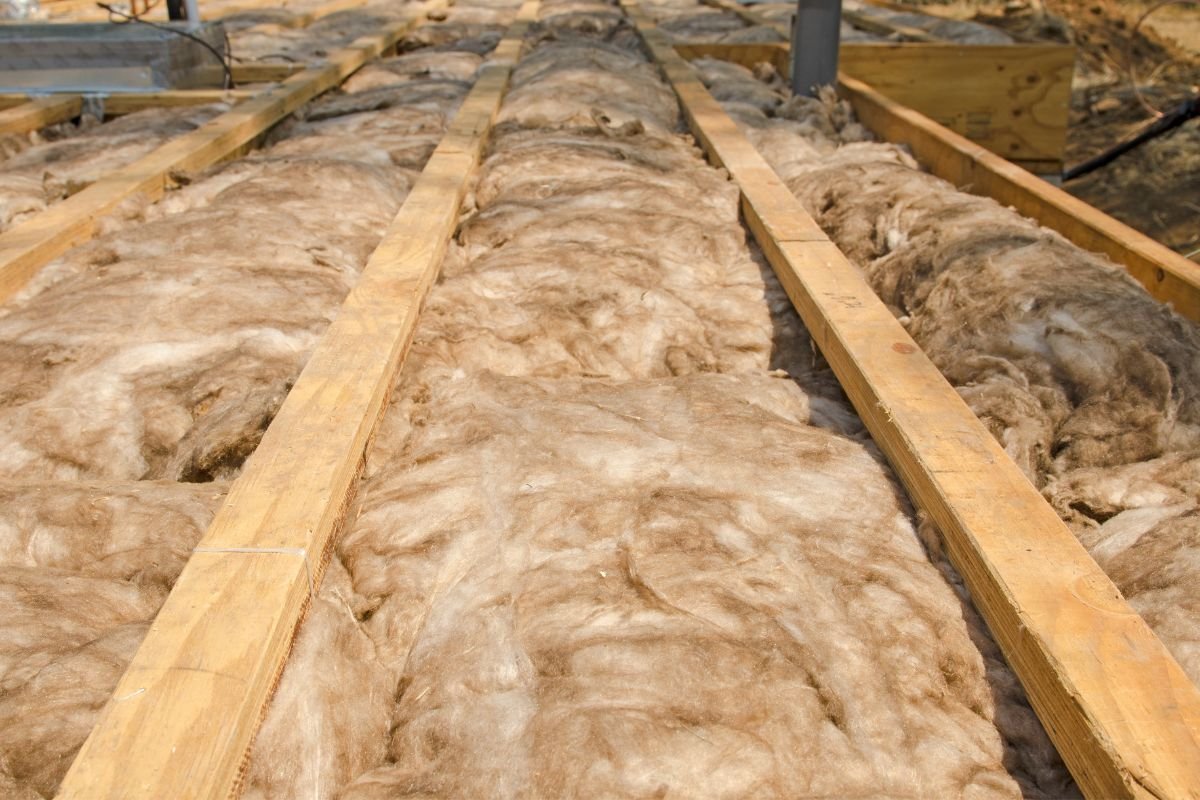

0 thoughts on “How To Tell If A Printer Is Inkjet”